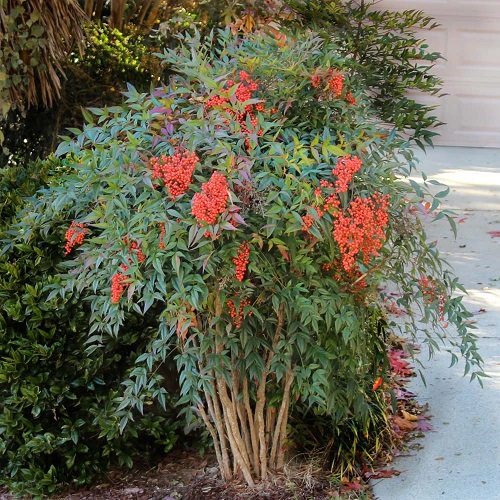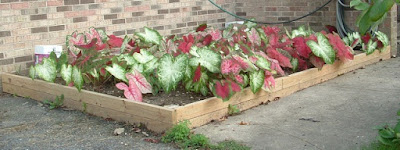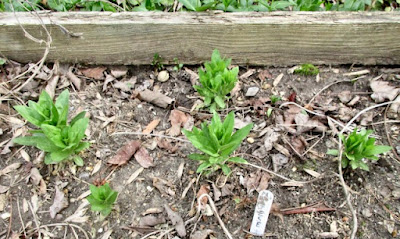Today I planted half of the daffodils. Took 3 hours and it nearly killed me.
First, the daffodils... As I said yesterday, I selected i Early Spring bloomer and 1 Late Spring bloomer. That was so the appearance of the boxes would change over several months but still show flowers.
The Early Spring bloom is Monal...
The Late Spring bloom is Fragrant Rose...
Between the two, it should make the front look different over the course of 8 weeks and by that time, the hostas shiould be growing out big leaves. Yeah, I'm trying to get fancy. Why not?
I ordered 100 each of both. I decided to plant some in both front landscaping boxes. One thing I have learned is that most people plant their Spring bulbs too shallowly. Daffodils like 6-8" and if you look at the standard bulb-planter tool, they don't go that deep. So I wanted to get them down where they really wanted to be.
I tried a post-hole-digger first, but I had too many rocks in the soil. And I wanted to plant 2 in each hole 4" apart, and the post-hole-digger wasn't that big. I should mention that the bulbs I received from
http://www.brentandbeckysbulbs.com/ are both large, firm, and almost always doubles! So I had to use the spade to dig a 6"w x 8" deep trench with a flat bottom. That took time.
But I'm getting ahead of myself. The first thing I did was take landscaping flags and stick them all around the right landscaping box. 200 bulbs, 2 per hole, 100 flags... I had exactly 100 orange landscape flags!
Yeah, I know they say plant 4-5 per square foot, but also 4" apart. Daffs multiply where they are happy. I'll spread them out 2 bulbs per spot (though remember they are all doubles) and wait. Next year will be good; the following year will be better.
Here's where it got tricky. First, I had to spread 100 spots around the right bed evenly but randomly. I was thrilled to hit the last corner with the last flag. Perfect! Nice random positions throughout the entire box!
The digging was the tricky part. About every 18" in all directions, there were landscaping flags. Awkward to walk through, awkward to dig around. And worse, I needed to plant one variety in "every other flag/spot". And how do you plant in "every other spot" when the flags are basically in triangles?
THe simple answer is that you can't. So I tried to dig up the spots for the Monal daffs as alternately as possible until I hit 45 of them. Then I looked at the remaining flags and chose the closest ones and finished the 50.
How did I do the planting you ask? "Carefully"...
I used the spade to dig a trench 8" long x 3" wide x 8" deep. I put the soil in 2 buckets with the best top soil in one and the lower worse soil in the other. I had a small bowl of 2-5-6 slow release organic fertilizer at the side. In each trench, I added back some of the best soil from the top and mixed some fertilizer. Then added 2 bulbs pressed firmly in, covered them with more good top soil (as opposed to the more clayey soil 8" deep) sprinkled on a little more 2-5-6, then piled the remaining soil back ontop.
Meanwhile, between the digging, soil piling, fertilizing, planting and covering, I was having to avoid stepping on other flags, existing hostas, and previously-planted spots! I dug up 100 rocks the size of golf balls or larger...
By the time I planted the Monal half (50 holes), I was exhausted and developing muscle cramps from the awkward positions of digging, planting, covering, bending over, etc and avoiding plants and other flags. It took 3 hours!
And tomorrow, I need to do it all over again to plant the Fragrant Rose daffodils. The future flowering display better be worth it! I would show more pictures, but there is little to see in a dug-up planted, and covered hole. LOL! I'll show the results next Spring...
But I'm staying busy... After THIS is done, I have 100' of flowerbed border that I want to plant with blue fescue grass 1' apart I have been raising in flats, with yellow and purple crocuses in between. The fun never ends...































